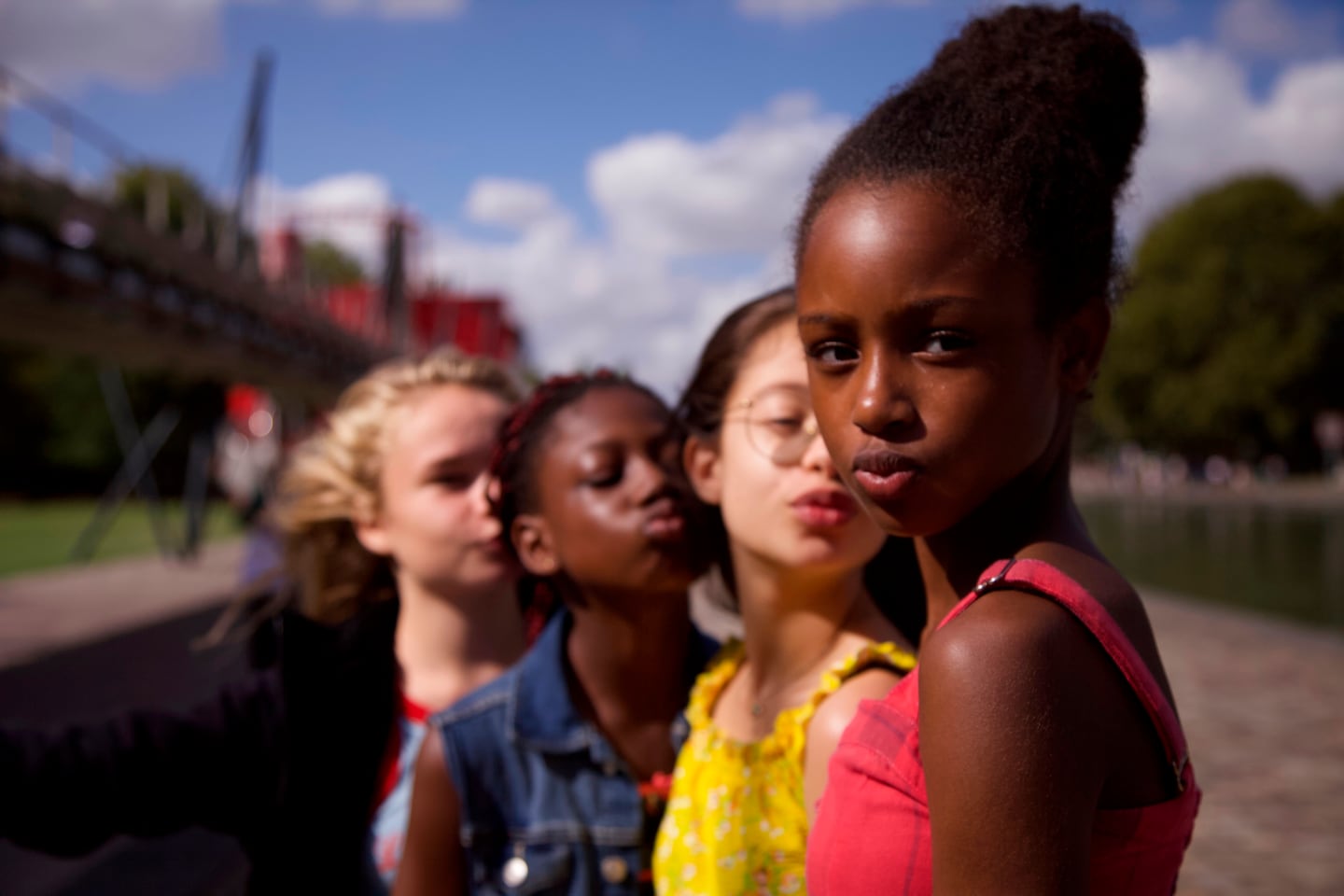Don’t fall for the ‘Cuties’ outrage. America loves exploiting Black bodies.

Critics of “Cuties” are zeroing in on images from the trailer and the poster, which show a group of 11-year-olds in blue costumes, shorts, dancing suggestively. Doucouré was not consulted in the marketing of the film, which Netflix later apologized for. The furor led QAnon conspiracy theorists and armchair activists to demand that Netflix be boycotted for supporting pedophilia and child pornography.
But America’s real pornography problem is how much it loves to consume images of brutalization and rape of Black women and girls on screen. We post and share videos of Black teenage girls being body-slammed by police officers, saying that doing so “creates awareness.” White photographers go to Africa and Black countries elsewhere and take photos, sometimes without consent, of girls bleeding and crying from genital mutilation or women dying in their own blood during childbirth. The photographers win praise, prestigious awards and money in the West. All of this is a form of exploitation, trauma porn.
In a Post op-ed, Doucouré explains that she intended her film to “start a debate about the sexualization of children” and that the film is her own story of juggling two cultures. To those saying that “Cuties” sends an inappropriate message about sexuality, I would ask: What message does it send to Black women and girls in America when, in order to win top awards, Black actresses have to film graphic sex scenes with a racist White male character (Halle Berry in “Monster’s Ball”) or play an enslaved girl who is brutally raped by a White man (Lupita Nyong’o in “12 Years a Slave”)?
In France’s own movie culture, Black women are barely represented at all. The last film that received international praise and attention about Black immigrant girls was “Girlhood.” The director, Céline Sciamma, a White woman, based the story on her observations of Black teenagers in Paris’s poor banlieues. In interviews, she said she wanted to make the film because Black stories and faces were so absent in French media. But while Sciamma’s “Girlhood” was showered with awards and critical praise, an aggressive public campaign in the United States is targeting “Cuties.” As soon as a French-Senegalese woman decided to make a culturally authentic film about a first-generation immigrant girl becoming aware of her own body outside of the male or White gaze, outrage ensued.
Those of us from immigrant households in the West can identify with Doucouré’s film. As Minna Salami wrote in her book “Sensuous Knowledge,” in Africa blue is the color for women, and in the film we see Amy wearing a drab blue sweatshirt to school and her mother trying to force her to wear a blue Senegalese dress for her father’s wedding to another woman. Amy’s risque dance costume is also blue. In the end, Amy chooses none of these restrictive outfits, and the extreme ideas about womanhood that they represent, and she opts for an age-appropriate red top and blue jeans.
As the eldest daughter, Amy is told to dress modestly and get good grades so she can support her family. Growing up in a religious household myself, I could instantly relate to the scenes where Amy writhes in a sort of religious ecstasy as her mother and her aunt splash water on her, trying to exorcise whatever demons have been causing her to act out. My mother once tried to take me to church to get cleansed in the same way after she found out about a boyfriend of mine — except I was 22.
To fit in with American culture, my mom put me in Dallas Cowboys cheerleader camp as a kid. My younger sister joined a competitive dance studio. She remembers going to competitions where girls as young as 7 were body rolling to the song “Roxanne” by the Police, which is about a sex worker. I don’t recall mass movements to have cheerleading, reality shows such as “Dance Moms” or competitive dance troupes canceled for literally making money off American girls and their moms.
America is society that ignores the plight of Black girls and women but happily traffics in the victimization of Black female bodies. That’s why I roll my eyes over the faux outrage over “Cuties.” What we need are more Black and African storytellers. We need more stories like “Cuties” that show Black girls and women in the fullness of our humanity.
Read more:






